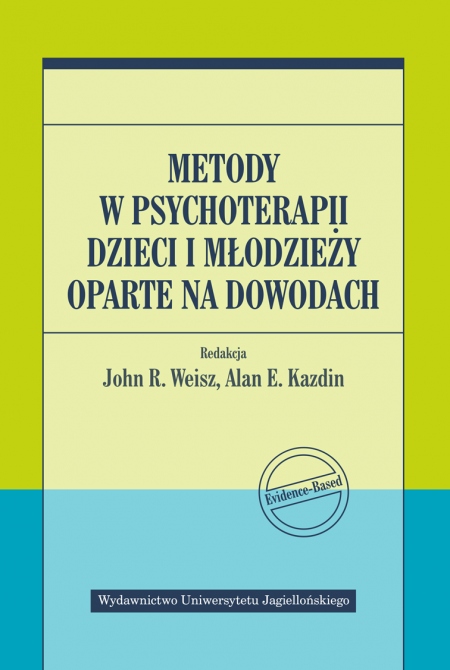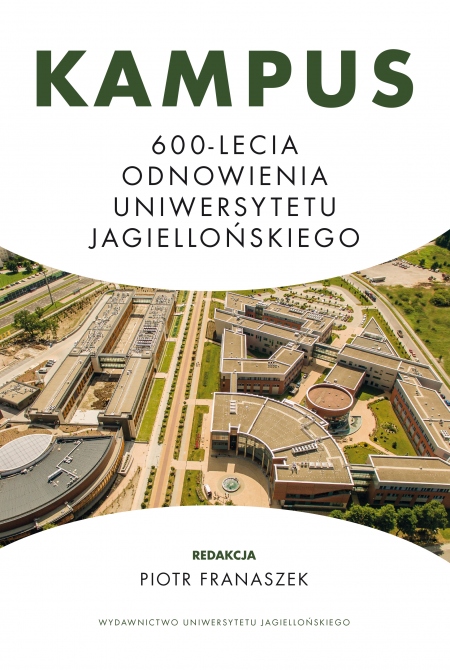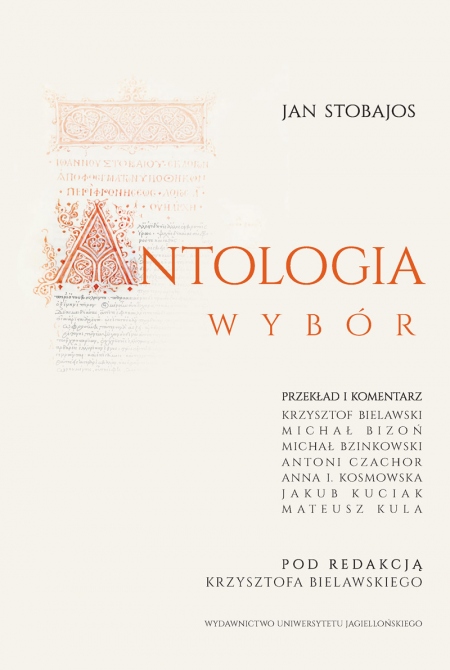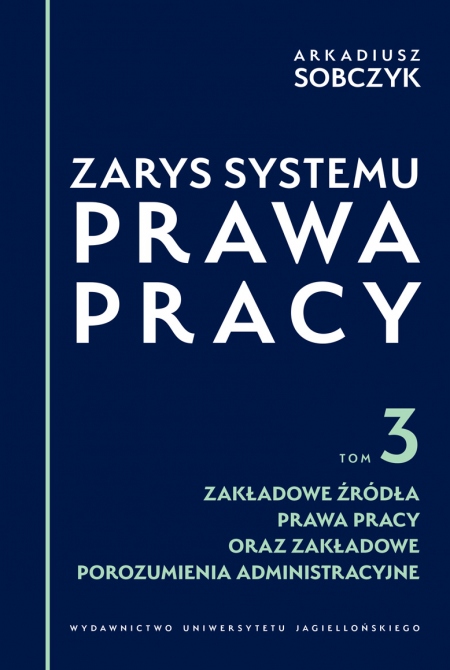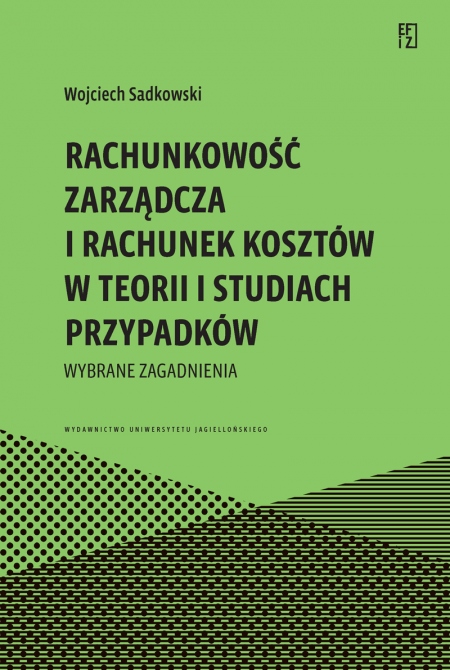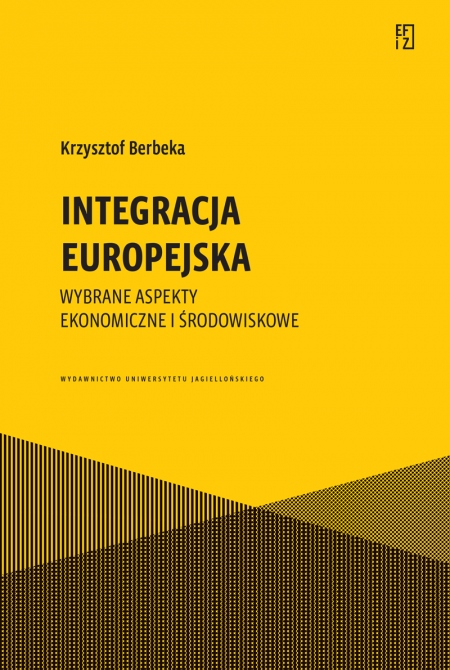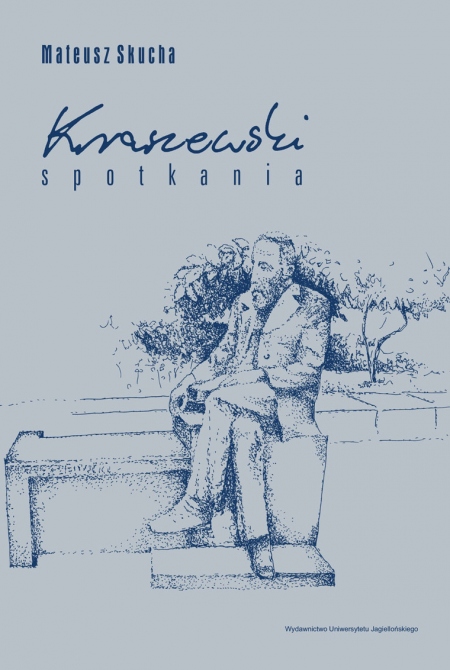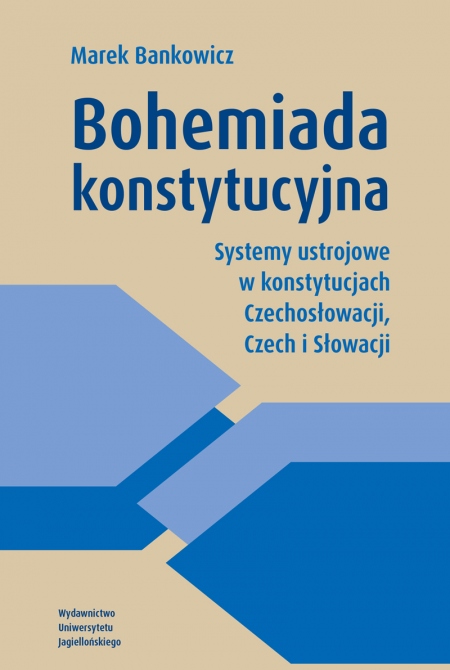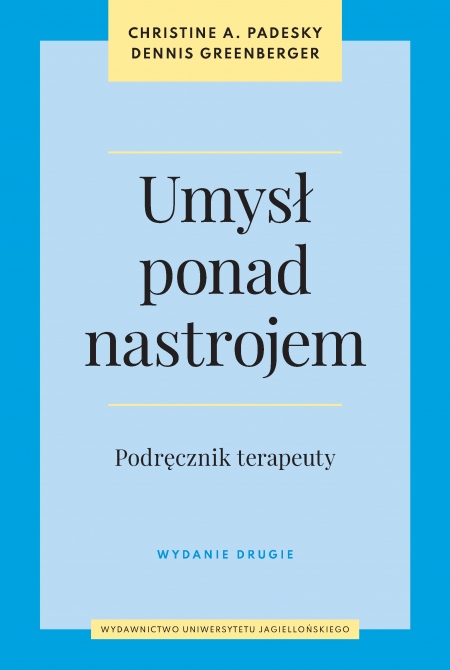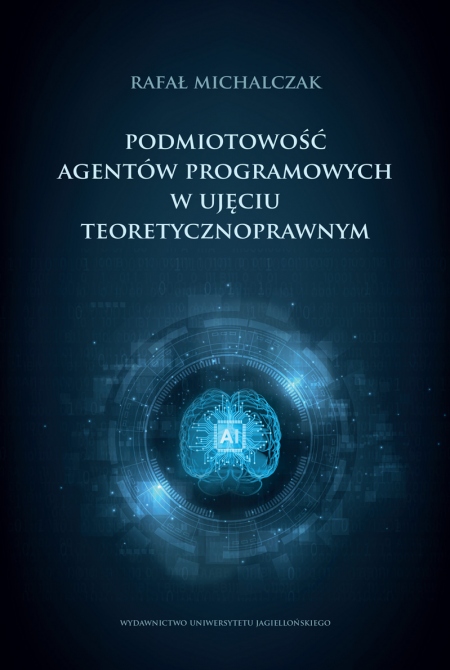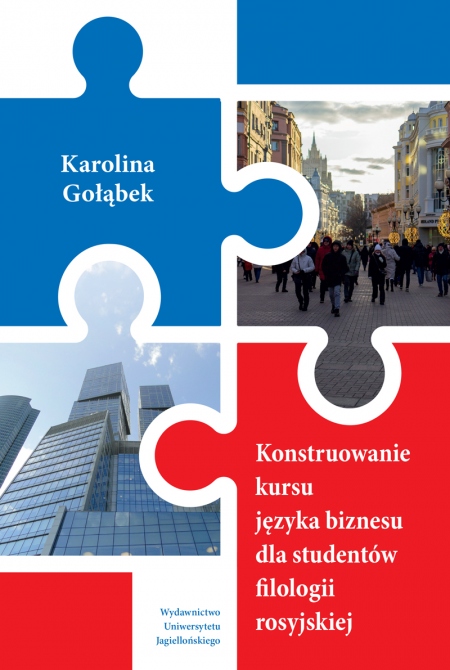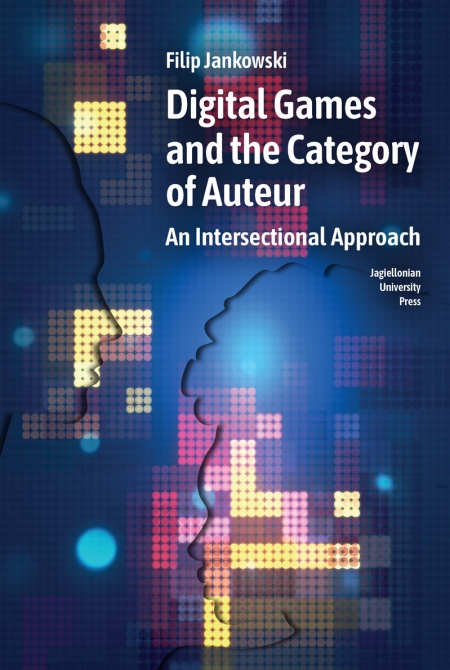ASEAN
Odwzorowanie Unii Europejskiej w Azji Południowo-Wschodniej?
Pages: 204
Book format: 15 x 23,5 cm
Publication date: 2024
Publication date: 25.09.2024
Book description
In all statements concerning the socio-political system of the studied Southeast Asian countries, it is noteworthy that the argument about their civilizational peculiarities is raised. This is undoubtedly the case. But since in these countries the rules of market economic action are applied with equal success as in the rest of the world, it is reasonable to assume that the political canon of institutional arrangements may be no different. The overcaution in evaluating the existing political settlements in Asia derives from our unwarranted propensity to believe that a given country’s cultural specificity automatically invalidates the universal rules of the political order that are fundamental for the civilizational development of that country. These mistaken assumptions fail to consider that the whole of humanity is bound by the ambition to ensure the best conditions for its development. Similarly, the desire for justice is deeply embedded within us all.
Language
Polish
Title in English
ASEAN: A Replication of the European Union in Southeast Asia?
Edition
first
Authors
Jan Wiktor Tkaczyński

Cover design
Sebastian Wojnowski
ISBN: 978-83-233-5427-7
e-ISBN (pdf): 978-83-233-7599-9
Country of producer: Poland
RECOMMENDED BOOKS
105.00
zł
84.00
zł
NEW BOOKS
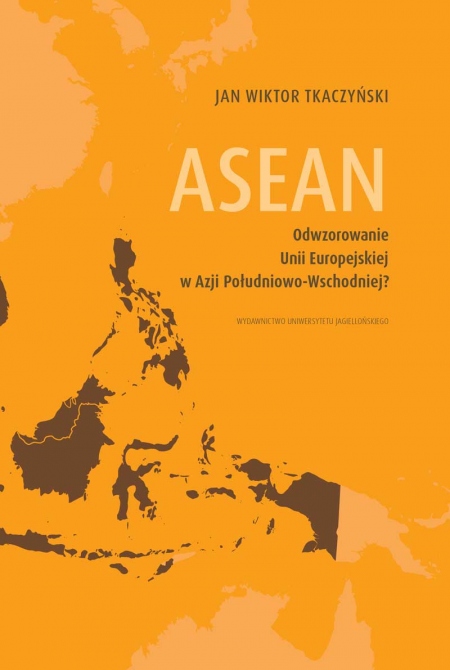
ASEAN
Odwzorowanie Unii Europejskiej w Azji Południowo-Wschodniej?
TABLE OF CONTENTS
Introduction 15
C H A P T E R 1
Integration of states as a response to the challenges of our time 21
1.1. The origins of the merger of states in light of historical experience 22
1.2. The role of law in the cultural circles of Europe and Southeast Asia 31
1.3. The model of an efficient state: between the European idée fixe of liberal democracy and the Confucian ideal of meritocracy 41
1.4. The need for the integration of states as a consequence of global economic development? 48
1.5. Environmental protection as a new determinant of economic development 58
1.6. Integration of states vs. globalization 71
C H A P T E R 2
The Association of Southeast Asian Nations as an attempt at a new regional opening in international relations 83
2.1. Socio-economic determinants of the formation of ASEAN 85
2.2. Evolution of ASEAN as a regional political organization 94
2.3. Between politics and policy, or the (in)possibility of good governance policies implementation in ASEAN countries 109
2.4. European socio-political signposts as determinants of regional development paths in Southeast Asia? . . . . . . 117
C H A P T E R 3
Toward the future: from rivalry to cooperation 131
3.1. ASEAN as an example of the need for a paradigm shift in socioeconomic development 133
3.2. The evolution of state subjectivity versus the subsidiary functioning of international organizations 144
3.3. In search of a model of regional economic cooperation of Southeast Asian countries 154
3.4. The European Union: an example to follow or merely a trading partner? 165
3.5. From a common vehicular language to the idea of a common currency of ASEAN countries 175
Bibliography 187
C H A P T E R 1
Integration of states as a response to the challenges of our time 21
1.1. The origins of the merger of states in light of historical experience 22
1.2. The role of law in the cultural circles of Europe and Southeast Asia 31
1.3. The model of an efficient state: between the European idée fixe of liberal democracy and the Confucian ideal of meritocracy 41
1.4. The need for the integration of states as a consequence of global economic development? 48
1.5. Environmental protection as a new determinant of economic development 58
1.6. Integration of states vs. globalization 71
C H A P T E R 2
The Association of Southeast Asian Nations as an attempt at a new regional opening in international relations 83
2.1. Socio-economic determinants of the formation of ASEAN 85
2.2. Evolution of ASEAN as a regional political organization 94
2.3. Between politics and policy, or the (in)possibility of good governance policies implementation in ASEAN countries 109
2.4. European socio-political signposts as determinants of regional development paths in Southeast Asia? . . . . . . 117
C H A P T E R 3
Toward the future: from rivalry to cooperation 131
3.1. ASEAN as an example of the need for a paradigm shift in socioeconomic development 133
3.2. The evolution of state subjectivity versus the subsidiary functioning of international organizations 144
3.3. In search of a model of regional economic cooperation of Southeast Asian countries 154
3.4. The European Union: an example to follow or merely a trading partner? 165
3.5. From a common vehicular language to the idea of a common currency of ASEAN countries 175
Bibliography 187
TABLE OF CONTENTS
Introduction 15
C H A P T E R 1
Integration of states as a response to the challenges of our time 21
1.1. The origins of the merger of states in light of historical experience 22
1.2. The role of law in the cultural circles of Europe and Southeast Asia 31
1.3. The model of an efficient state: between the European idée fixe of liberal democracy and the Confucian ideal of meritocracy 41
1.4. The need for the integration of states as a consequence of global economic development? 48
1.5. Environmental protection as a new determinant of economic development 58
1.6. Integration of states vs. globalization 71
C H A P T E R 2
The Association of Southeast Asian Nations as an attempt at a new regional opening in international relations 83
2.1. Socio-economic determinants of the formation of ASEAN 85
2.2. Evolution of ASEAN as a regional political organization 94
2.3. Between politics and policy, or the (in)possibility of good governance policies implementation in ASEAN countries 109
2.4. European socio-political signposts as determinants of regional development paths in Southeast Asia? . . . . . . 117
C H A P T E R 3
Toward the future: from rivalry to cooperation 131
3.1. ASEAN as an example of the need for a paradigm shift in socioeconomic development 133
3.2. The evolution of state subjectivity versus the subsidiary functioning of international organizations 144
3.3. In search of a model of regional economic cooperation of Southeast Asian countries 154
3.4. The European Union: an example to follow or merely a trading partner? 165
3.5. From a common vehicular language to the idea of a common currency of ASEAN countries 175
Bibliography 187
C H A P T E R 1
Integration of states as a response to the challenges of our time 21
1.1. The origins of the merger of states in light of historical experience 22
1.2. The role of law in the cultural circles of Europe and Southeast Asia 31
1.3. The model of an efficient state: between the European idée fixe of liberal democracy and the Confucian ideal of meritocracy 41
1.4. The need for the integration of states as a consequence of global economic development? 48
1.5. Environmental protection as a new determinant of economic development 58
1.6. Integration of states vs. globalization 71
C H A P T E R 2
The Association of Southeast Asian Nations as an attempt at a new regional opening in international relations 83
2.1. Socio-economic determinants of the formation of ASEAN 85
2.2. Evolution of ASEAN as a regional political organization 94
2.3. Between politics and policy, or the (in)possibility of good governance policies implementation in ASEAN countries 109
2.4. European socio-political signposts as determinants of regional development paths in Southeast Asia? . . . . . . 117
C H A P T E R 3
Toward the future: from rivalry to cooperation 131
3.1. ASEAN as an example of the need for a paradigm shift in socioeconomic development 133
3.2. The evolution of state subjectivity versus the subsidiary functioning of international organizations 144
3.3. In search of a model of regional economic cooperation of Southeast Asian countries 154
3.4. The European Union: an example to follow or merely a trading partner? 165
3.5. From a common vehicular language to the idea of a common currency of ASEAN countries 175
Bibliography 187
Choose chapters to buy:
Order value:
0.00 zł


